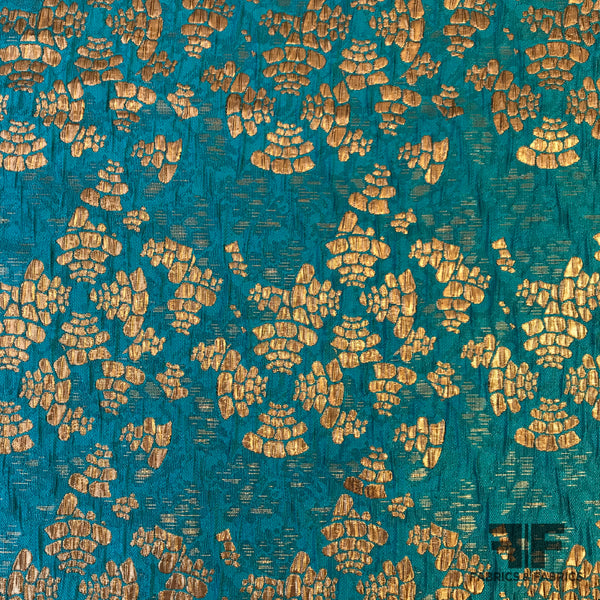

These shawls are so fine that even a very tightly woven shawl can be easily pulled through a small finger ring. The most expensive shawls, called shahtoosh, are made from the under-fleece of the Tibetan antelope or Chiru.

This attractive mode of craftsmanship not only produces a shawl which is reversible because of the perfect workmanship on both sides, but it combines the crafts of both weaving and embroidery and religious beliefs expressed in different shawls. This is a unique piece of craftsmanship, in which a multi-coloured schematic pattern is woven all over the surface, and after the shawl is completed, the rafugar (expert embroiderer) works the outlines of the motifs in darker shades to bring into relief the beauty of design. Still another type of Kashmir shawl is the double-sided Dourukha (Persian, meaning "having two faces"), a woven shawl that is so done as to produce the same effect on both sides. The floral design appears in a heavy, close embroidery-like weave in dull silk or soft pashmina (Persian, meaning "woolen"), and usually comprises small or large flowers delicately sprayed and combined some shawls have net-like patterns with floral ensemble motifs in them. Brooklyn Museum - Doña Josefa de la Cotera y Calvo de la Puerta - Mexican overall Yet another type of Kashmir shawl is the Jamia Vr, which is a brocaded woollen fabric sometimes in pure wool and sometimes with a little cotton added. The Chinar leaf ( plane tree leaf), apple and cherry blossoms, the rose and tulip, the almond and pear, the nightingale-these are done in deep mellow tones of maroon, dark red, gold yellow and browns. The Kanikar, for instance, has intricately woven designs that are formalized imitations of Nature. Perhaps the most widely known woven textiles are the famed Kashmir shawls. Kashmir was a pivotal point through which the wealth, knowledge, and products of ancient India passed to the world. It is associated with the inhabitants of the northern Indian subcontinent-particularly Kashmir and Punjab-and Central Asia, but can be found in many other parts of the world.

It is usually a rectangular or square piece of cloth, which is often folded to make a triangle, but can also be triangular in shape.


 0 kommentar(er)
0 kommentar(er)
